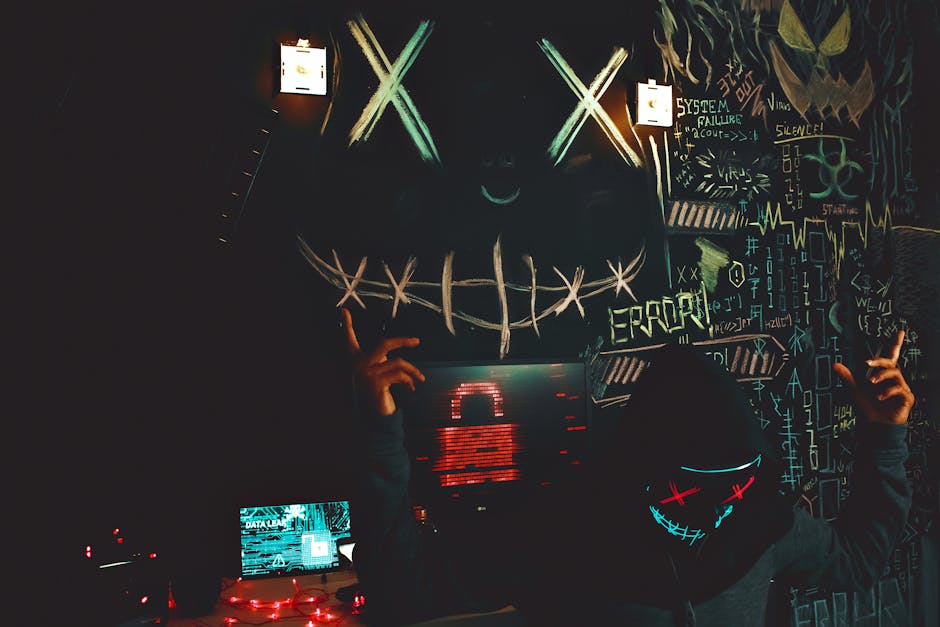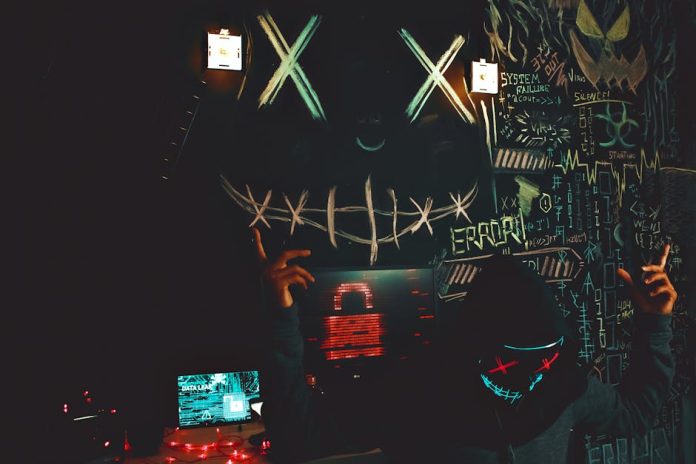
For decades, the stark, unyielding blue screen of death (BSOD) has been a symbol of technological frustration, a digital harbinger of doom that sent shivers down the spine of computer users everywhere. But in the ever-evolving landscape of operating systems and hardware, a question lingers: Is the BSOD finally a relic of the past? The answer, as with most things in tech, is complex, but the signs are increasingly pointing towards a future where the dreaded blue screen is no longer the primary villain.
Microsoft has been diligently working to make Windows more stable and resilient. With each new iteration, from Windows 10 to the latest builds of Windows 11, the focus has been on proactive error prevention, more graceful error handling, and clearer, more actionable troubleshooting information. Gone are the days of cryptic error codes that required a deep dive into technical manuals.
Modern Windows versions often present users with more specific messages, suggesting potential causes and even offering direct links to support articles. Furthermore, improvements in driver stability, hardware compatibility, and a more robust kernel have significantly reduced the likelihood of the catastrophic system failures that once triggered the BSOD. Think of it as an immune system upgrade for your computer.
However, to declare the BSOD completely extinct would be premature. While its frequency has plummeted, the underlying causes – corrupt system files, faulty hardware (especially RAM or hard drives), driver conflicts, and even overheating – can still manifest in extreme cases. These fundamental issues haven’t vanished; rather, our ability to prevent and mitigate them has improved dramatically.
So, while you might not be staring at that iconic blue abyss as often, it’s important to remember the advancements that have led us here. The BSOD’s near-demise is a testament to the continuous innovation in operating system design and hardware reliability. It’s a win for users, signifying a more stable and less frustrating computing experience. The blue screen might not be entirely dead, but it’s certainly on its last legs, and that’s something worth celebrating.

